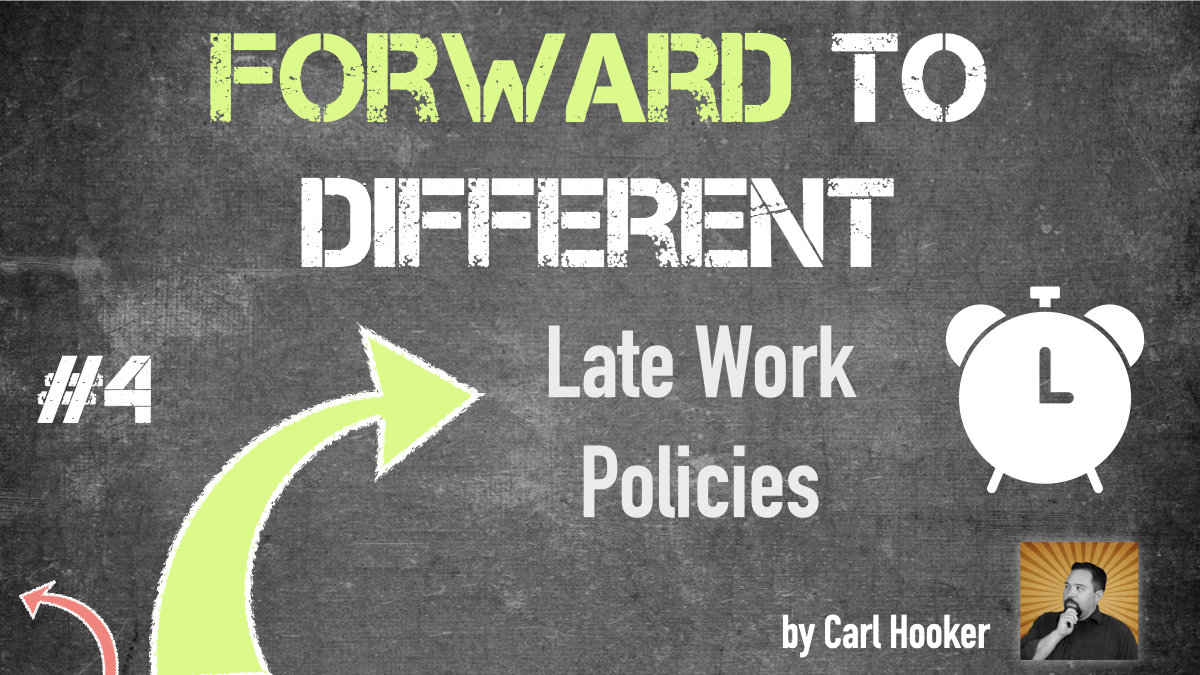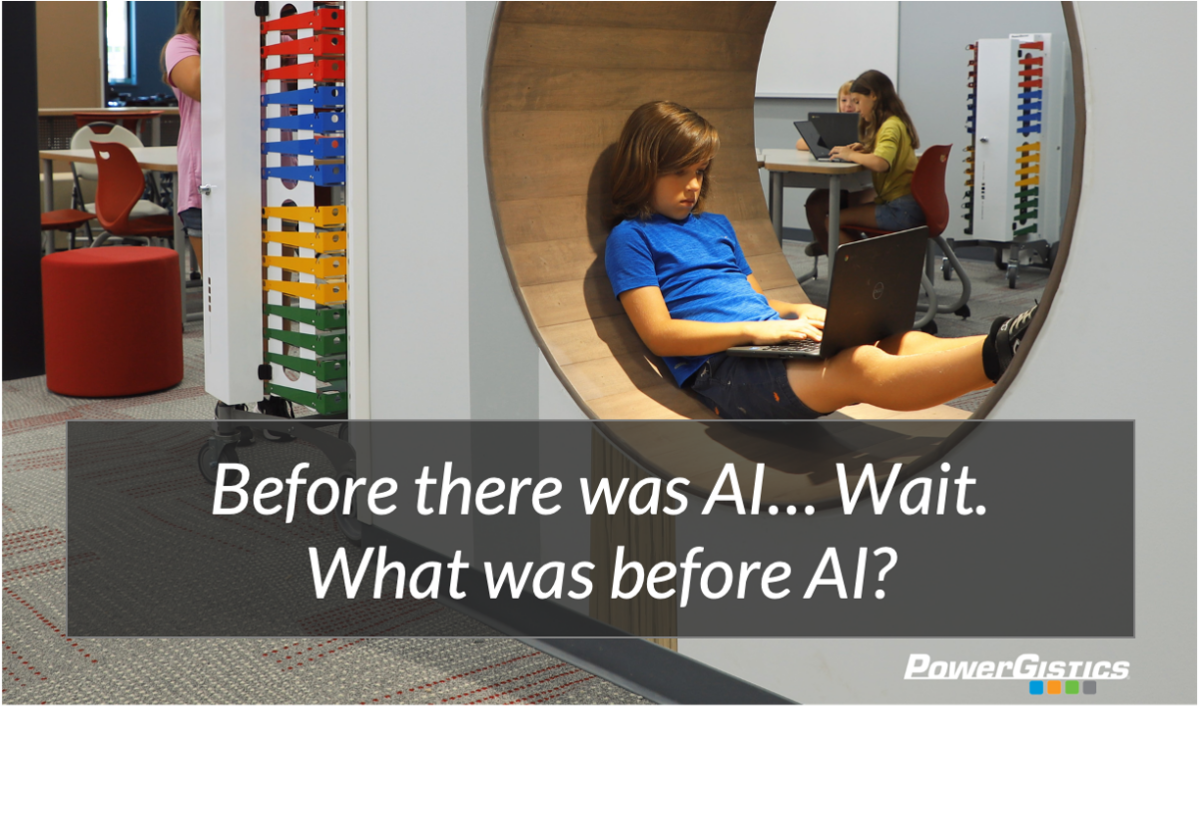Reassess for Student Success: Turning Career Readiness Plans into Action

In our previous post, we explored the importance of reassessing career readiness programs. Now, let’s dive into the practical steps to transform these plans into impactful action. As educators, we’re not just preparing students for tests; we’re equipping them for life beyond the classroom. So, how can we ensure our career readiness efforts truly serve all students?
From Early Exposure to Lifelong Skills
Career readiness isn’t a high school crash course—it’s a journey that begins early. Imagine a fourth-grader lighting up as she learns how her passion for building blocks could lead to a career in architecture. Or a middle schooler realizing his knack for resolving playground disputes could translate into a future in mediation.
By weaving career awareness into the curriculum from elementary school onward, we plant seeds of possibility. As students progress, these seeds grow into more structured experiences:
- Elementary: Career day speakers, field trips to local businesses
- Middle School: Interest inventories, job shadowing
- High School: Internships, vocational programs, college and career counseling
Bridging Classroom and Workplace
The key to effective career readiness? Collaboration. When educators and employers join forces, magic happens. Consider these partnership possibilities:
- Curriculum co-design: Involve local business leaders in shaping relevant coursework
- Virtual Reality: Consider the role Augmented or Virtual Reality (sometimes called “XR”) can play in introducing students to a near-limitless range of career opportunities.
- Guest lecture series: Bring professionals into classrooms to share real-world insights
- Work-based learning: Facilitate internships, apprenticeships, and co-op programs
Remember James, our analytically-minded student who struggles with traditional academics? A well-structured internship could be his turning point, showcasing his strengths in a professional setting.
Embracing the Digital Frontier
In our tech-driven world, digital literacy is non-negotiable. But it’s not just about teaching coding (though that’s valuable too). It’s about fostering adaptability and critical thinking in the digital space. Consider incorporating:
- Project-based learning using emerging technologies
- Lessons on digital citizenship and online professionalism
- Exposure to industry-specific software and tools
For students like Sophia, who question the relevance of their education, seeing the direct application of these digital skills to future careers could reignite their engagement.
Preparing for the Gig Economy
The 9-to-5 job is no longer the only path to success. How are we preparing students for the gig economy and entrepreneurial ventures? Consider:
- Entrepreneurship workshops
- Financial literacy courses focused on freelance and self-employment
- Lessons on personal branding and online portfolio development
These skills could be particularly empowering for students who don’t see themselves fitting into traditional career molds.
Measuring Impact and Adapting
As we implement these strategies, it’s crucial to continually assess their effectiveness. Are we seeing increased engagement? Improved graduation rates? Better post-graduation outcomes? Use this data to refine your approach continually.
Remember, there’s no one-size-fits-all solution. The career readiness program that works for a rural high school might look very different from one in an urban district. The key is to stay flexible, keep lines of communication open with all stakeholders, and always put students’ diverse needs at the forefront.
Reflection Points
- How can you better integrate career awareness across all grade levels?
- What local businesses or organizations could you partner with to provide real-world learning experiences?
- How are you addressing the needs of students who may not be on a traditional college-bound track?
- In what ways can you incorporate more digital literacy and future-focused skills into your existing curriculum?
By continually reassessing and adapting our approach to career readiness, we can ensure that all students—whether they’re bound for college, vocational training, or straight into the workforce—graduate with the confidence and skills to succeed.
What strategies have worked in your school or district? Share your experiences and let’s continue this crucial conversation. Together, we can prepare all our students for whatever the future may hold.
Posted by: Elizabeth Kemler
Elizabeth Kemler, M.S. Ed, is a seasoned educator, curriculum designer, writer, facilitator, and presentation skills coach. She has worked extensively in academic, corporate, and non-profit settings, authoring student success, career readiness, and social-emotional development workbooks and online programs, marketing, and informational materials, as well as courses, articles, and blog posts on mental health.
Elizabeth received her bachelor’s degree in Theater from Sarah Lawrence College, a Master’s in Education from Pace University and holds certifications as a Higher Education Professional (CHEP) and an EQ Educator. Her ongoing professional development includes training through The Youth Mental Health Project, Mindful Schools and The Prison Mindfulness Institute.
Recommended1 recommendationsPublished in K12Voices, Leadership Voices



Responses